Best Horror Actors: From Scream Queens and Victims With Vendettas to Manic Monsters
A look at a few of the greatest and most iconic performances in horror movies.
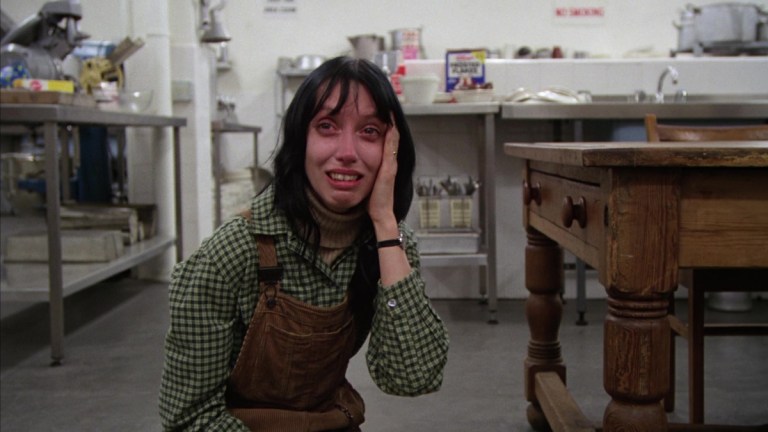
Table of Contents
When it comes to horror performances, film connoisseurs (and The Academy) often fail to give adequate praise, as the genre has, over the years, been dismissed as no more than an adrenaline junkie’s favorite viewing experience. However, horror is more than blood, guts, and jump scares. Over the years, horror has transformed — with multiple subgenres joining in on the party.
Horror can be an avenue to explore grief or a gateway to dissect the most fractured of minds. It’s a window into what makes us human, and a deconstruction of the instinct to survive. Thus, it’s important to note the actors — from the scream queens to the maniacal monsters — who have worked to define the horror genre, pushing it into conversations it has been so wrongfully excluded from. Here are the horror actors who, from the golden age to the present, have killed it (literally and metaphorically).
The Damsels and Fighters
Fay Wray (Years Active: 1923 — 1980)
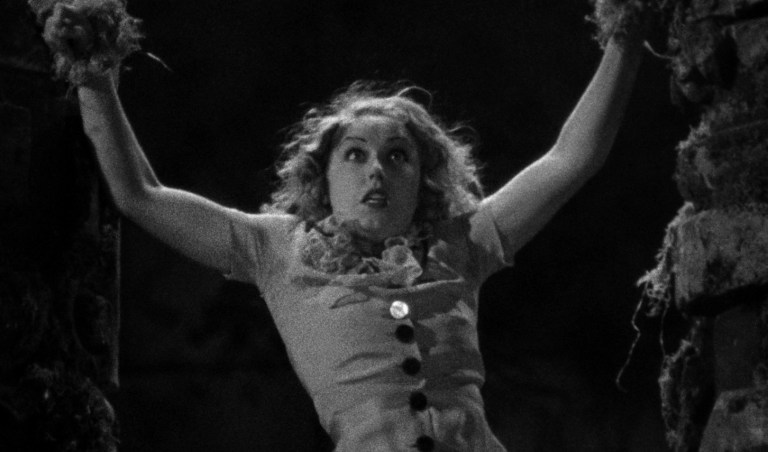
You cannot have a post celebrating scream queens without crediting Fay Wray for the term’s origin. According to Slate, Fay Wray was dubbed a “scream queen” by the press in the 1930s following her screeching performance as Ann Darrow in the original King Kong (1933). Slate notes that, after filming the movie, she spent a day in a sound studio recording what she had coined her “Aria of the Agonies.”
Following King Kong, Wray became Hollywood’s go-to actress for wailing women, and she went on to star in Black Moon (1934) and The Clairvoyant (1935). She also starred in a couple of horror movies prior to taking on the damsel in distress in King Kong, including The Most Dangerous Game (1932) and Doctor X (1932).
Wray’s knack for portraying authentic vulnerability — from screeching dread to more subtle agony — remains a memorable token of her “icon” status, yet it was the very quality that resulted in her typecasted career.
Janet Leigh (Years Active: 1947 — 2004)
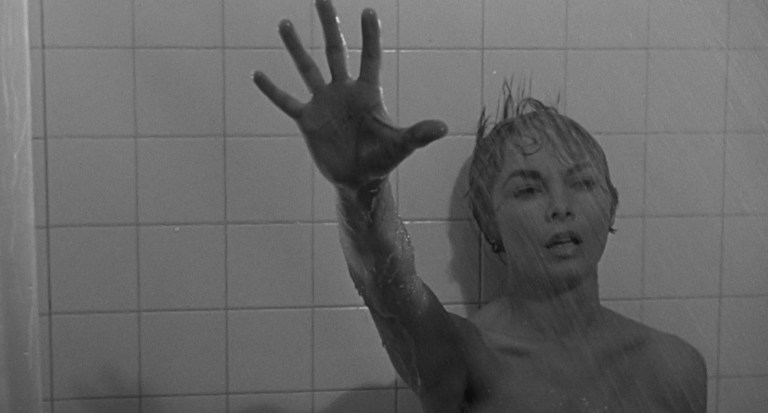
Though Janet Leigh didn’t star in many horror films, the one she starred in is one of the most seminal horror movies to date: Psycho (1960). The Hitchcock classic — which catalyzed a wave of twist-ending films and a fascination with then-labeled multiple personality disorder — offered up erratic camerawork, an ear-piercing score, a ceaselessly tense atmosphere, and a haunting primary antagonist (more on him later). Yet, despite the many groundbreaking cinematic achievements this film boasts, Janet Leigh’s famous “shower scene” is the moment that flashes across the mind in vivid detail when someone mentions the film.
She’s in the shower — basking in the placid glory as the warm water hits her face and runs down her body — until the shadow of an impending woman appears behind the curtain wielding a knife. She begins to scream and continues to wail slash after slash after slash. It’s traumatizing (especially for the Leave-It-to-Beaver era it is a part of).
Leigh screams until there’s no life left in her — until a blank expression travels across her face, and she slowly collapses into the tub. We watch the water and blood spiral down the drain, as the camera zooms in on a singular open eye — frozen in shock. It took a mere five minutes for Janet Leigh to become a scream queen — for her to even be (often) wrongfully credited for the term’s origin.
Jodie Foster (1965 — present)

Jodie Foster has been in her fair share of fear-striking thrillers, from her Academy Award-winning turn in The Silence of the Lambs (1991) to her performance in the celebrated film Panic Room (2002) or the less-acclaimed Flightplan (2005). When it comes to Jodie Foster’s performances in thrillers, one aspect remains constant: she is always a fighter. Whether fighting in a cerebral capacity, as seen in The Silence of the Lambs, or a physical capacity, as witnessed in Fightplan, she is the epitome of the victim who will not be victimized. And for this, we love Foster.
In Silence of the Lambs, Foster masters Clarice Starling’s combination of intellect and trauma. She can play mind games with a serial killer yet still fall victim to his perspicacious manipulations. She is intense and focused, but not impermeable. She remains vulnerable, giving her character a three-dimensionality that is often dispelled in favor of badassery in movies headlining a “strong female lead.”
In Panic Room, she is mother incarnate. The chemistry between Foster and Kristen Stewart makes Panic Room a tour-de-force thriller, as the mother-daughter bond is established instantly, with authenticity and tangibility oozing from the screen.
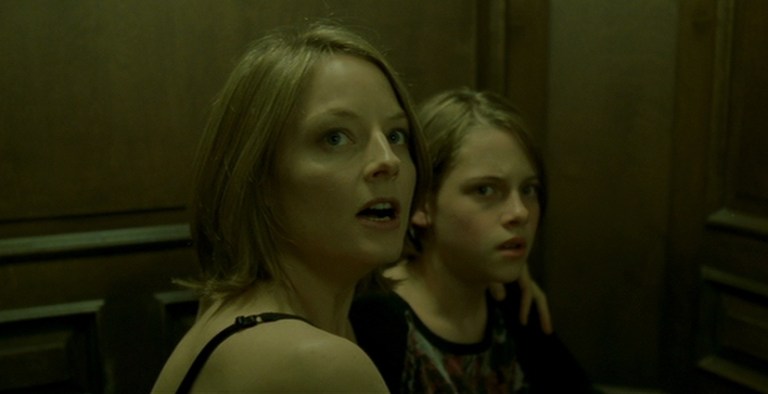
And finally, no one fights harder for a daughter who may not be real than Foster. In Flightplan, her character’s psychologically fractured state leaves her questioning her sanity, and when her daughter disappears, Foster must deliver a juxtaposing performance — one that balances an unwavering maternal instinct with a psychological unraveling.
In Flightplan, Foster maintains an intense presence from start to finish, keeping viewers locked in her perspective. We’re just as determined to find her daughter alive, but afraid she may be no more than a figment of her imagination.
Jodie Foster knows how to play tough. She can play afraid. She can play protective. She can play broken. She can play traumatized. And she can do it all together in a single scene.
Shelley Duvall (Years Active: 1970 — 2002; 2022 — present)
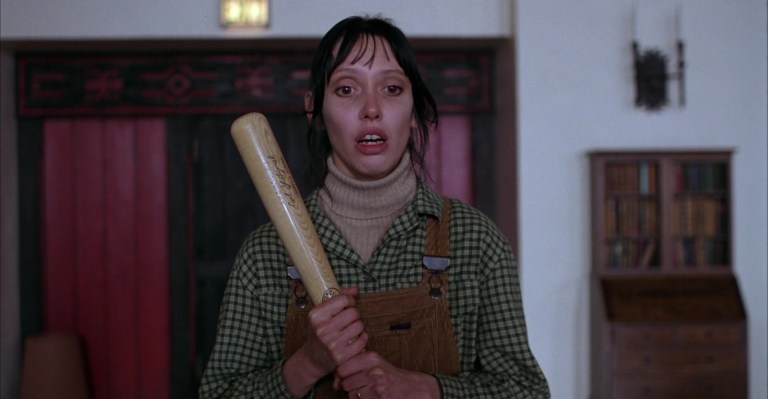
Shelley Duvall’s most memorable cinematic turn remains her take on Wendy Torrance across from Jack Nicholson in The Shining. Who could forget as Duvall held that wooden bat close to her chest — whimpering with fear, cowering from the monster her husband had become? She is holding a weapon, yet she is paralyzed. The bat becomes more of a self-soothing object, as opposed to a weapon — a teddy bear a child snuggles in the night if you will.
When she does swing the bat, it’s with minimal effort. Exhausted from fear and anxiety, she is holding that bat as loosely as she’s holding onto her sanity. Duvall exquisitely conveys the terror and confusion that plagues Wendy, as well as the survival instinct that subsists beneath layers of misguided hope — beneath the longing to wake up from the nightmare that has become her reality. This scene is echoed later in the movie when she’s wielding a knife in both hands. She is dying to live but doesn’t want to kill to survive. Each time Duvall looks over her shoulder, a combination of anticipation and determination crawls across her face. She will escape! Right?
Duvall made her return to the screen in 2023’s indie horror film The Forest Hills. Duvall portrays her son’s inner voice in the film. She is sharp-tongued and controlled. She personifies the protagonist’s cognitive dissonance. Bringing his regrets and frustrations to the surface, she physically embodies the thoughts he yearns to keep sequestered. And with an unwavering centered gaze and stoic expression, Duvall delivers once again.
Jamie Lee Curtis (Years Active: 1977 — present)
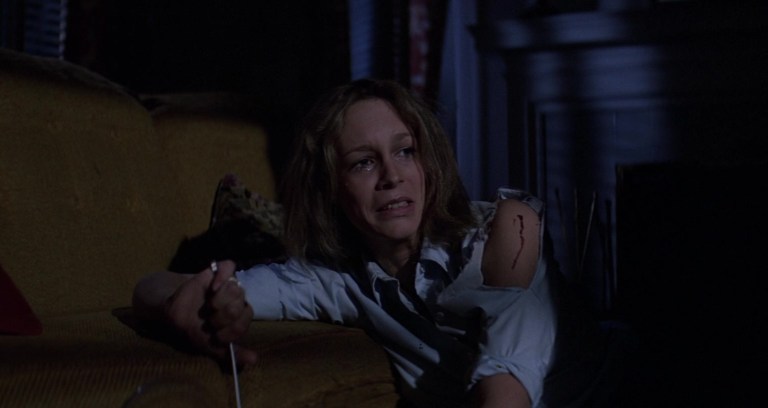
Oh, Jamie Lee — the damsel in distress turned danger under duress. Jamie Lee’s journey as Laurie Strode in Halloween is reminiscent of mid-century scream queens at the start, but she transforms by the end. She may wail. Run. Beg for her life. But, by the franchise’s conclusion, she is a fighter. She is a ruthless woman with weapons in every corner and an unbreakable will fortified by one too many near-death experiences.
This fighting spirit makes Jamie Lee’s Laurie Strode one of the most culturally significant scream queens of the last 50 years, going on to influence headstrong characters in franchises like Scream and American Horror Story.
Viewers have been with Laurie Strode since the 1970s, and Jamie Lee captured this adolescent’s journey to adulthood (and the associated trauma that follows her) with gravity and nuance. Her portrayal of Laurie shifts from a place of palpable fear and vulnerability (1978) to one of rousing resilience and parental protection (2018).
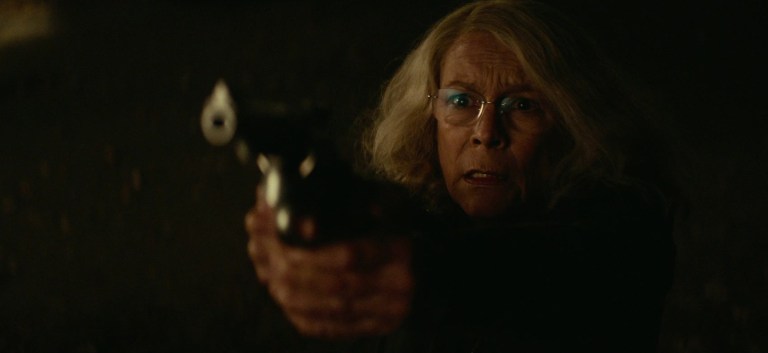
It’s not that she’s no longer afraid. It’s that she can’t afford to be. Jamie Lee does not become an “unrealistic badass,” but rather a believable woman on the brink who has one last fight in her. There’s a sense of survivor’s guilt bubbling beneath the surface and PTSD guiding her fighter response. She is never too brave nor too brash as to camp-ify her performance, but rather just bold enough — just rattled and ravaged to rally for a brutal brawl. And she’s bringing with her a fractured mind and a body scarred with all the proof of her battered survival. Curtis is ceaselessly authentic, making Strode one of the most celebrated horror characters of all time.
Neve Campbell (1989 — present) and Courteney Cox (1984 — present)

Courteney Cox and Neve Campbell are intimately tied to the Scream franchise and its permanent imprint in pop culture. Courteney’s take on determined journalist Gale Weathers lives rent-free — with those trimmed-too-short bangs — in the deepest crevices of our horror-enthused minds.
Gale comes equipped with one-liners and Cox’s slightly detached delivery (at the onset of the franchise) rests perfectly between camp and realism, making the character’s transition from a self-serving opportunist to a selfless heroine grappling with guilt and regret both believable and integral to the franchise’s success.

Gale grows, and with the growth, comes a more nuanced performance from Cox — one relying more heavily on introspection and vulnerability than pure intelligence and wit (yet the latter qualities remain ever-present throughout).
As for Neve Campbell, she is responsible for carrying the Scream franchise’s emotional core. She lives through trauma and must confront the catalyst of her psychological wrecking over and over again. Sidney Prescott is both afraid and resilient — fragile and independent. Neve balances these dichotomous attributes with authenticity, as her subtle gestures and expressions carry the weight of conflicting emotions: tears bubble in her eyes as she utters words of bravery. She tells Ghostface to come for her — ready to fight but oh-so ready for the fight to be over.
Maika Monroe (2009 — present)
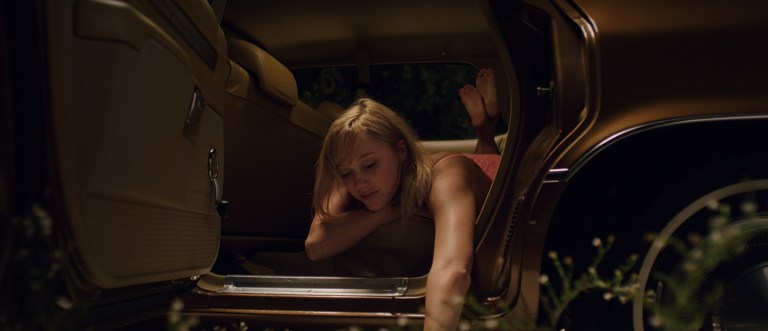
Maike Monroe is the epitome of a contemporary horror queen, having starred in horror films such as It Follows (2014), The Guest (2014), and Tau (2018). In It Follows, Monroe portrays a young woman plagued by a supernatural curse. Many critics have since deemed her performance in the film the reason for its success. The movie became a commercial hit and solidified Monroe’s place in the horror landscape.
It Follows relies largely on atmospheric tension and a foreboding sense of eeriness over gore or jump scares, and Monroe captures the film’s sense of dread and embeds it in her performance. She transitions from a playful and carefree teen to a paranoid victim, yet refuses to be defined by such victimhood, which brings an unpredictable (yet oh-so-culturally-contemporary) depth to her character’s adolescent fragility.

Monroe is also impressive in The Guest and Tau where she is easily able to, once again, capture and convey inherently dissonant feelings. In The Guest, she is both afraid of a suspicious visitor and drawn to his enigmatic personality; how do you convey both attraction and hesitance? Watch Monroe. Monroe also flexes her physical chops in this film, performing plenty of her own stunts in the film’s action-packed sequences.
As For Tau, critics panned the film for its lack of imagination and Black Mirror-esque mimicry; however, Maika still brings the heat to the film. She gets to play the badass bitch with a cunning intellect and wit beyond her captors. She is both desperate and defiant, but watching her think her way out of captivity makes for a fun Monroe-appreciation moment.
Florence Pugh (2014 — present)
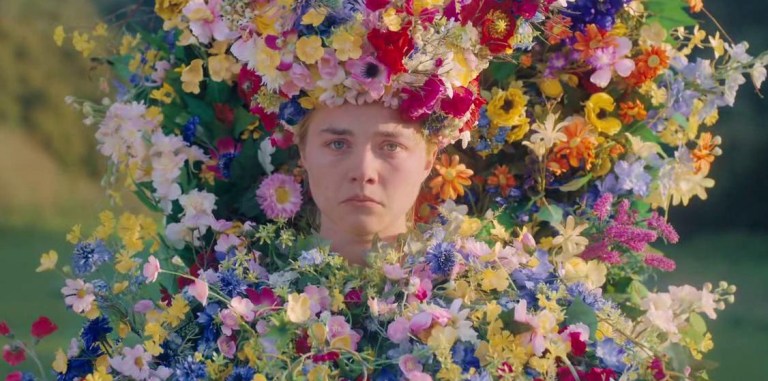
Florence Pugh unquestionably gives her most impressive horror performance in Midsommar (2019). In the film, Pugh goes from a psychology student to a psychological case study, descending into disorientation while grappling with preexisting grief and trauma. Speaking to Off Menu With Ed Gamble and James Acaster, Pugh revealed that she put herself into dark situations to tap into her character’s inner turmoil. She shared:
“I would put myself in really shitty situations that maybe other actors don’t need to do, but I would just be imagining the worst things. Each day the content would be getting more weird and harder to do. I was putting things in my head that were getting worse and more bleak. I think by the end I probably, most definitely abused myself in order to get that performance.”
In the film, Pugh’s character finds herself struggling to keep up with the demands of a harrowing cult, and she must capture physical, mental, and emotional exhaustion. She is desperate to get out of danger, but she’s running on fumes. She is subsisting on a will to survive summoned from a place only accessible to those whose flight or fight response has been irrevocably triggered. What she has faced already in life would be enough to leave most without a fight left in them.

With an increasingly disheveled appearance and facial expressions ranging from bewilderment and shock to damaged and undone, Pugh delivers an Oscar-worthy performance in a film indubitably snubbed by a horror-discounting Academy.
And, who could forget, Pugh later went on to star in the thriller Don’t Worry Darling (2022). She single-handedly carried an otherwise unimpressive film with a narrative pulled straight from The Stepford Wives. In this film, Pugh, within seconds, aligns the viewer with her perspective. Her doubts are our doubts. Her fears are our fears. And, this is not an outcome of strong writing. It’s the consequence of a compelling performance with all the odds stacked against her.
Pugh works across from a co-star who, unfortunately, is not up to her caliber, yet she still reacts to his somewhat lifeless dialogue with gravity. Pugh carries this film on her back and does her damnedest to save Don’t Worry Darling from its formulaic and derivative approach to the thriller genre.
The Villains and Monsters
Christopher Lee (Years Active: 1948 — 2015)
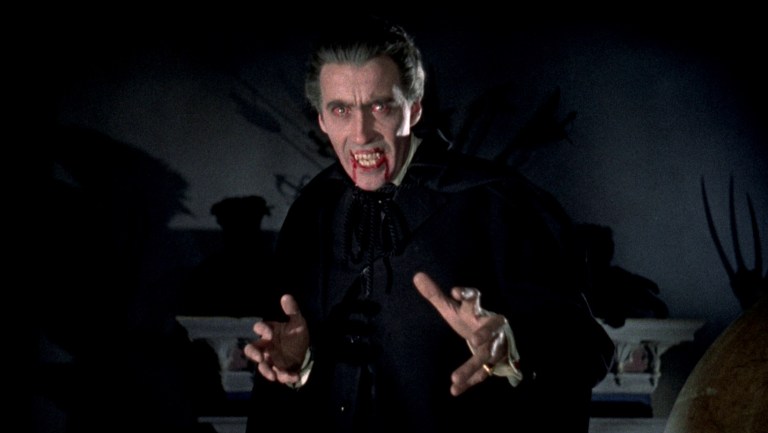
Though Bela Lugosi first portrayed The Count in 1931’s Dracula, Christopher Lee is arguably more intimately connected to the role. He portrayed the iconic villain multiple times — including Horror of Dracula (1958), Dracula: Prince of Darkness (1966), Count Dracula (1970), Taste the Blood of Dracula (1970), and Scars of Dracula (1970).
Lee’s Dracula boasts an imposing stature, standing at nearly six and a half feet tall, making him an intimidating figure by physicality alone. However, Lee’s Dracula is quite different from more contemporary takes (as well as Lugosi’s turn), as he is an aristocratic figure with an eloquent gait and refined speaking style.
Most notable is Lee’s gaze — intense and piercing — which he uses to hypnotize his victims. He is sinister and cunning, endearing and suspicious. In many of these Dracula films, the character is a tragic figure — his thirst for blood an inescapable curse. Thus, Lee is able to bring a complexity to the vampire that other interpretations — those that make the hunger for blood more of a hedonistic desire — lack. Lee’s character arguably set the standard for vampire depictions moving forward, influencing modern monster films for decades to come. Who said the bad guy couldn’t be more than just that?
Anthony Perkins (1953 — 1992)

Note: The depiction of mental illness in Psycho is dated and harmful, and this entry is here to praise Perkins, not the psychological depiction.
Anthony Perkins is best known for portraying Norman Bates in Alfred Hitchcock’s horror classic Psycho (1960). The character (spoiler warning for anyone living under a rock) runs a motel with his mother, but her skeleton is mummified in the fruit cellar, and he’s shifting personalities between himself and her. Anthony Perkins was one of the first actors to portray a character with what is now known as Dissociative Identity Disorder (but was once commonly referred to as multiple personalities).
As Norman, Perkins upholds this “perfect gentleman” persona and is quite the tall, dark, and handsome type. However, he remains slightly cold behind the eyes — just a smidge detached. Any sense of uneasiness constantly dissipates though, as his winning smile and button chin are more than enough to establish trust and a sense of safety. Thus, when, in the film’s final frames, he appears on the screen as a mad woman — donning a loosely attached wig, a long dress, and an open-mouth crazed smile from ear to ear — it’s all the more jarring. It’s a shock to the system.
The character is perfectly cast, so it should come as no surprise that Perkins went on to portray him time and again in a few ill-fated sequels: Psycho 2 (1983), Psycho 3 (1986), and Psycho IV: The Beginning (1990).
Jack Nicholson (1955 — 2010)

“Here’s Johnny!” Who could forget Jack Nicholsen squeezing his face through a hole in a door (he created with an axe), as he prepares to kill his wife? It’s a famous scene from The Shining, that has since been parodied in shows and movies like The Simpsons, Bob’s Burgers, Finding Nemo, iCarly, The King of Queens, and many more. In short, the scene has become a representation of the film itself, as well as a symbol of Jack Nicholson’s horror acting chops.
Nicholson’s take on this paternal protector turned raging murderer is so perfectly paced. His final monstrous form doesn’t feel like a stretch, but a logical continuation of his descent into madness. Nicholson, once unhinged, effortlessly shifts from a steady intimidator — with a slow stride and relaxed shoulder — to a screaming killer. And, in between, there’s a handful of condescending rhetorical questions with a raised eyebrow and a lowered chin. He’s almost more terrifying before he reaches his peaks of violence, because of how strong he is at creating tension — at building anticipation around what he is capable of. His sarcastic tone is not dismissive, but rather assertive, turning the very intention of facetious delivery on its head. His sarcasm comes from a place of not just superiority, but impending violence.
Nicholson later starred in a lighter, but still horror-tangential film in 1987, The Witches of Eastwick. In this film, he played the Devil, bringing a schmoozy, smooth-talking, sex-crazed flair to Lucifer. The interpretation was intentionally comedic and flirtatious, but the character retained an unsettling undertone — a knack for manipulation. He knew how to get what he wanted, combining an ability to implant both fear and desire into his prey, portrayed deliciously by Susan Sarandon, Cher, and Michelle Pfeiffer.
Anthony Hopkins (1960 — present)

“I ate his liver with some fava beans and a nice chianti,” Anthony Hopkins utters as Hannibal Lecter — in a controlled whisper that’s hauntingly powerful without volume. He then sucks his lips and breathes out an air of satisfaction as he remembers the kill (and the subsequent meal). Hopkins’ take on the cannibalistic murderer Hannibal Lecter would be enough to earn him the Oscar in 1992.
His eyes always wide open, his shoulders back and relaxed, Hannibal carries an air of superiority, a perceptive mind that breeds a particular flavor of condescension — at once mesmerizing and terrifying. He speaks with precision and control — carefully choosing each word to intimidate and strike fear. He’s charismatic and charming in a manner that’s eerily reminiscent of the real-life killer Ted Bundy.
Anthony Hopkins’ take on Hannibal Lecter pulls you into the screen. You inch closer to him, for he’s an alluring specimen with a mind that’s just as scary as it is seductive. Hopkins’ ability to imbue charm into such sadistic impulses is a masterclass in horror performance. His violence — when it manifests on screen — is almost stupefying (despite how much it’s referenced beforehand), for Hannibal is so physically placid. However, the control he has in his articulatory patterns exhibits itself in the way he dispatches his victims with poise and composure. The character is consistent from talk to walk…despite his baffling nature.
Kathy Bates (1969 — present)

Kathy Bates won an Oscar for her turn as Annie Wilkes in Misery, and she remains one of the select few to snag the coveted prize for a horror performance. In the film, former nurse Wilkes (Bates) rescues her favorite author, Paul Sheldon (James Caan) after a car accident leaves him injured. However, her obsession with his work takes a dark turn when she discovers he plans to kill off her favorite character, Misery.
In the movie, Bates moves with a lumbering, forceful gait that foreshadows the physical strength that will later enable her tortuous actions. She also swiftly moves from devotion and admiration for her favorite author’s work to pure fits of rage when he challenges or questions her. Her emotions are unpredictable — she sways almost haphazardly from a nurturing nurse to a maniacal madwoman.
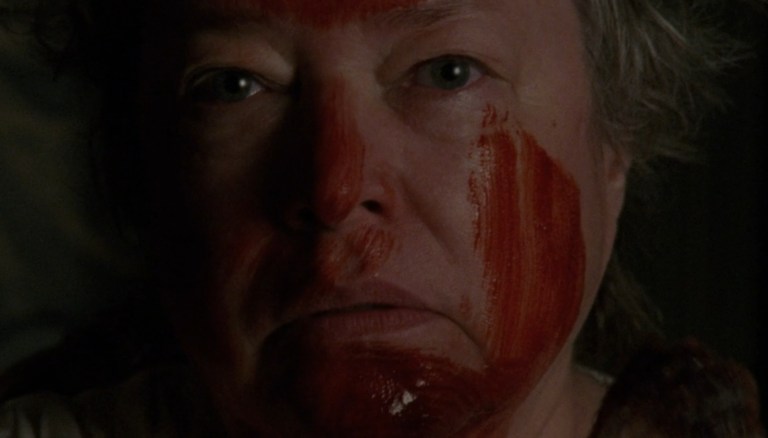
Bates brings a depth to the character that is at once transfixing and terrifying. There’s a fire that rests behind her eyes — a fire that burns simultaneously with violence and veneration. The film would not work if Bates’ delivery was any less complex, for it would be reduced to black-and-white depictions of “good” and “evil,” but instead we get a peak into the mind of a fanatic who, within her, carries both the ability to nurture one back to life and bring them even closer to death. Who could forget Bates shouting “He didn’t get out of the cockadoodie car!” as she berates the changing of a chapter play she saw at the movies years ago? Or, even better, the line that has become a mark of insanity in the horror landscape, “I’m your number one fan?”
Bates also portrays notorious serial killer Delphine LaLaurie in Ryan Murphy’s American Horror Story. In the series, she tortures and murders black slaves with no remorse and an unsettling degree of apathy. She uses the human pancreas as part of her beauty regimen, rubbing the blood of her victims across her face with sheer delight and pride. When out in the open, she is a member of elite society, carrying herself with poise. Yet, behind closed doors, her savagery comes to the surface. Bates perfectly plays this facade, forcing viewers to hate her more with each word that slips from her lips.
Robert Englund (1973 — present)
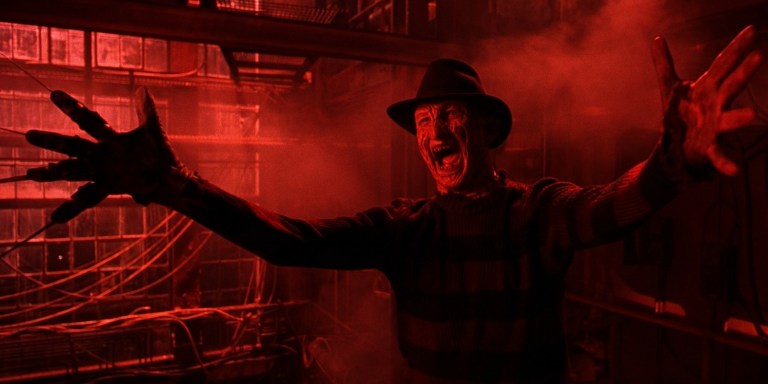
With knife-adorned gloves and that emblematic red and green striped sweater, Freddy Krueger first slashed and sashayed his way onto the screen in the 1984 classic A Nightmare on Elm Street. Robert Englund is intimately connected to this franchise’s success, which saw multiple sequels and even a 2010 reboot with Jackie Earle Haley in the title role.
Englund brought a certain je ne sais quoi to the nightmare lurker. And though hard to describe his eerie eroticism and combination of pedantic perversion and violent impulses, here we are doing our best to do just that.
Englund made us laugh while we cowered in fear. He drew us into his twisted games of cat and mouse; we inched closer and closer to the screen with each scraping of his nails along the boiler room pipes, yet jumped back in fear once his anticipatory antics met a slashing conclusion. Englund knew how to play Freddy, and he did it again and again, never failing to deliver the ridiculous quippy banter that seemed to heighten with each installment. That maniacal side smirk and those darting eyes flash across the mind every time we hear the start to that infamous jingle…”One. Two. Freddy’s coming for you.”
